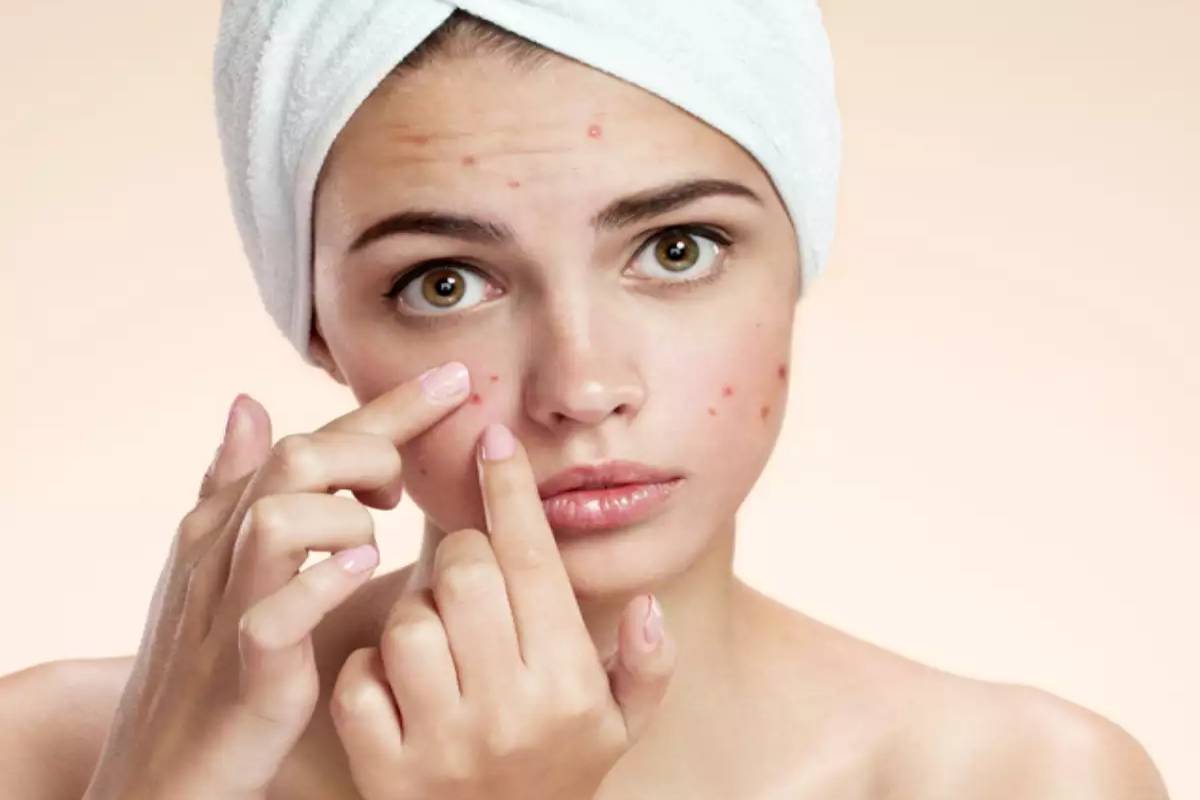Table of Contents
What is a Seed Pimple?
- A seed pimple is a comedo that results from excess sebum and dead skin cells getting trapped in the skin’s pores.
- Seed pimples, the grains of milium, are benign micro cysts that appear on the face’s skin and often on adults and children.
- The sebum then promotes the development of bacteria naturally present in the follicles – causing irritation, redness, inflammation, or pimples.
- You should also know that some factors can aggravate the formation of seed pimples and acne: stress, smoking, pollution, taking medication, or hormonal cycle.
This little white dot on my face, what is it?
- If you notice small white pimples on your face or your child’s skin, it may be milia – also called milia seed.
- They should not be confused with acne: while facial acne causes red pimples sometimes topped with a white, purulent nodule, the milium grain takes the form of a white spot on the face.
- It looks like merely a tiny ball of fat in the face that is not inflammatory.
- Milia is a microcyst of the face that grows in a pore of the skin and comprises sebum cells.
- The milia grain measures between 1 and 2 millimetres in diameter, and we find it on the surface of the face’s skin.
- In general, the face, neck, and hands, where the epidermis is inflamed.
- However, several milium grains can appear and form plaques made up of fifty to one hundred pimples, especially on the cheekbones and eyelids.
- If you notice the whiteheads on your face or the baby, see a dermatologist who can diagnose these pimples’ exact nature.
What is the cause of these seed pimple located on the face?
The causes of milia are numerous. Dermatologists believe that milia seeds may be due to:
- Obstruction of hair follicles: the pores become clogged due to the application of excessively fatty oils, excessive exposure to sunlight, or too hard city water and repeated showers, which damage the hydrolipidic film.
- A skin treatment linked to a dermatological pathology: certain skin diseases prevent good healing of the skin.
- Certain medicinal products alter the quality of skin cells, promoting the appearance of milium seeds.
- A congenital or genetic factor: milia accompany some genetic skin diseases. In babies, milia seeds can be hereditary and appear from birth.
- When young parents consult a dermatologist, they can immediately reassure them that milia do not affect their child’s good health.
- Moreover, baby milia usually disappear after several days or weeks, without any intervention or treatment.
- Skin damaged by too abrasive care: cosmetic products that are too aggressive for the epidermis (especially peeling or exfoliation), especially in adult women, promote the occurrence of milia.
What treatment to get rid of the seed pimples on the face?
- The grains of milium, which take on the appearance of unsightly white pimples on the face – if they were still hiding! – can become disabling.
- Pimples do not affect the health of the person who suffers from it.
- And also, we can go away without any special care if one is patient.
- Some people prefer to see a doctor erase them in a few minutes.
- Minutes rather than having to stay for their spontaneous resorption after several weeks.
- The dermatologist will evacuate them by making a tiny incision on the grain side using a bevelled needle previously sterilized.
- Doctors believe that no drug can make milia seeds disappear.
- The two solutions are, therefore, patience or excision by a dermatologist.
- If the milium seeds leave a tiny scar, I advise you to proceed with microdermabrasion to make it disappear entirely.
How to avoid their appearance?
To prevent the seed pimple of milium from reappearing, I advise you to take care of your skin so as not to promote them:
- Choose cosmetic products suited to your skin and tap water quality.
- Thus, I particularly recommend hemp oil because it has many virtues and is perfect for many types of skin.
- Ban products that are too aggressive and too greasy from your beauty routine.
- You need to clean the pores of your skin correctly. Consider activated charcoal.
- Not only is it good for your health internally, but it is also sovereign for your skin externally.
- It is enough to make a mask by mixing this product with a little water to obtain a homogeneous paste, to apply it on your face, and to leave it on for a few minutes.

